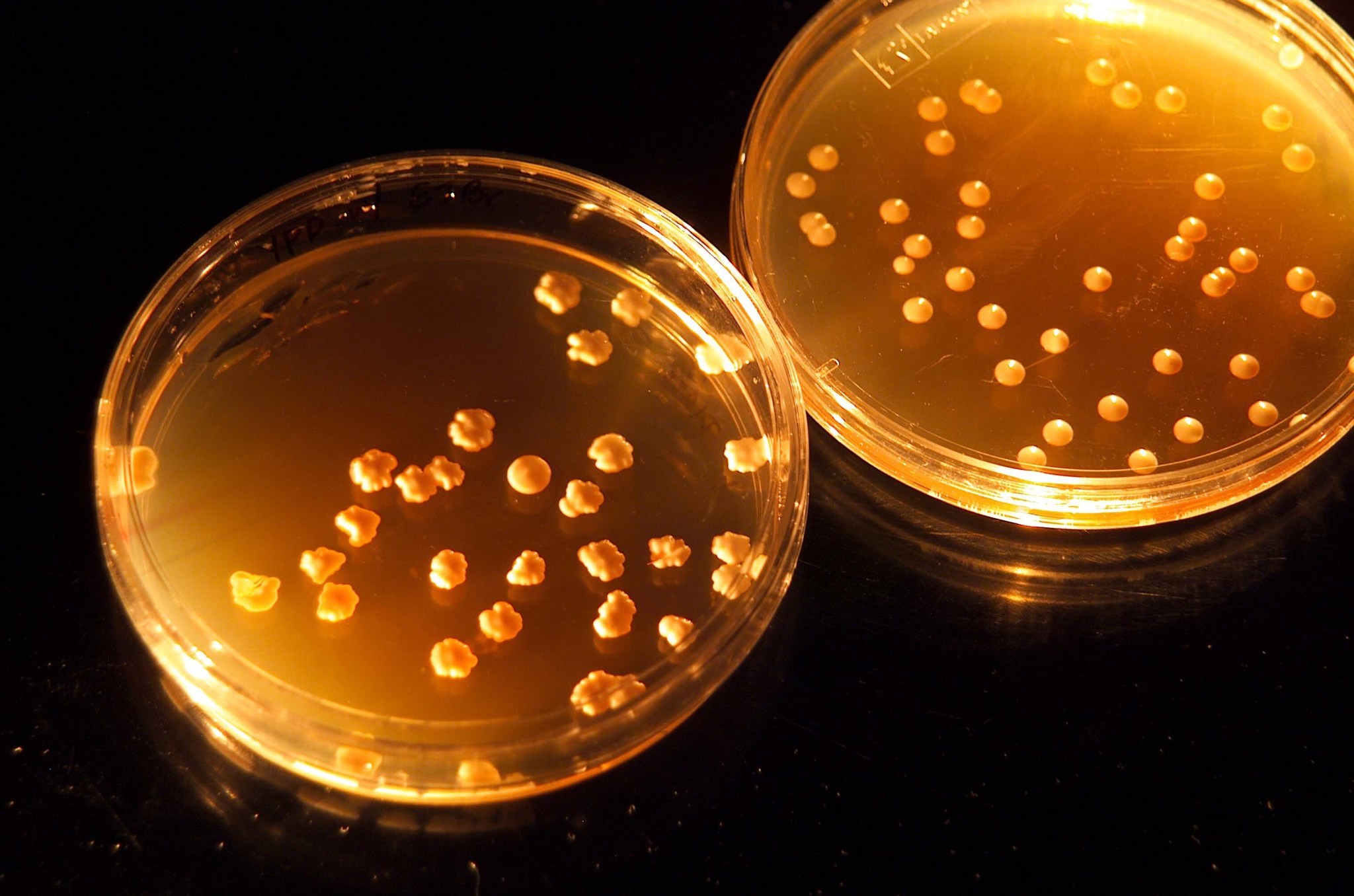
NASA has selected eight university-led proposals to study innovative, early stage technologies that will address high-priority needs of America’s space program.
The selected proposals for unique, disruptive or transformational space technologies will investigate challenges in the areas of solar cell operations at high temperatures, atmospheric entry model development, synthetic biology applications for space exploration and dynamic tensegrity-based space structures. Tensegrity is a property of structures that employs continuous tension and discontinuous compression to produce exceptionally strong structures for their mass.
“These early career researchers will provide fuel for NASA’s innovation engine,” said Steve Jurczyk, associate administrator for NASA’s Space Technology Mission Directorate at the agency’s Headquarters in Washington. “Technology drives exploration, and investments in these technologies and technologists is essential to ensure NASA and the nation have the capabilities necessary to meet the challenges we will face as we journey to Mars. The faculty selected and their colleagues help assure a robust university research community dedicated to advanced space technology development.”
The awards are approximately $200,000 per year, up to a possible three years of research, for outstanding early-career faculty who research space technologies that are high priorities for NASA missions.
The selected NASA Early Career Faculty proposals are:
- Robust Planning for Dynamic Tensegrity Structures — Kostas Bekris of Rutgers University in New Brunswick, New Jersey
- Synthetic Biology for Recycling Human Waste into Food, Nutraceuticals, and Materials: Closing the Loop for Long-Term Space Travel — Mark Blenner of Clemson University in Clemson, South Carolina
- Lightweight and Flexible Metal Halide Perovskite Thin Films for High Temperature Solar Cells — Joshua Choi of the University of Virginia in Charlottesville
- Dynamics and Control of Tensegrity Space Manipulators — James Forbes of the University of Michigan, Ann Arbor
- Advanced Physical Models and Numerical Algorithms to Enable High-Fidelity Aerothermodynamic Simulations of Planetary Entry Vehicles on Emerging Distributed Heterogeneous Computing Architectures — Matthias Ihme of Stanford University in Stanford, California
- Reduced Order Modeling for Non-equilibrium Radiation Hydrodynamics of Base Flow and Wakes: Enabling Manned Missions to Mars — Marco Panesi of the University of Illinois, Urbana-Champaign
- Engineering Cyanobacteria for the Production of Lightweight Materials — Fuzhong Zhang of Washington University in St. Louis
- High Temperature InGaN-based Solar Cells — Yuji Zhao, Arizona State University, Tempe.
These proposals have the potential to yield significant rewards for space exploration by:
- allowing solar cells to function at reasonable levels of efficiency in high-temperature environments;
- improving the process of identifying the most effective thermal protection systems for entering various atmospheres;
- providing the means to produce food, medical supplies and building materials on site at distant destinations using synthetic, biology-based approaches; and
- enabling more capable and affordable space missions through the development of tensegrity technologies that permit large, reconfigurable structures such as antennas, solar arrays and observatories, as well as lightweight landers.
NASA’s Early Career Faculty efforts are an element of the agency’s Space Technology Research Grants Program. This program is designed to accelerate the development of technologies originating from academia that support the future science and exploration needs of NASA, other government agencies and the commercial space sector.
For more information about NASA’s Space Technology Research Grants Program, visit:
http://go.nasa.gov/1Wg3hbA
For more information about the Space Technology Mission Directorate, visit:
https://www.nasa.gov/spacetech
-end-
Joshua Buck
Headquarters, Washington
202-358-1130
jbuck@nasa.gov





























